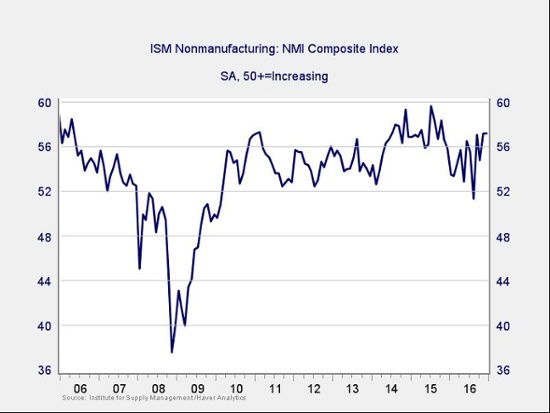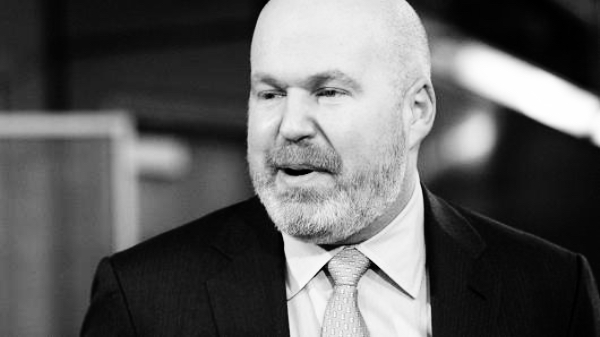Matt shares his market insights with bond investors as more interest rate increases from the Federal Reserve and more inflation are likely on the horizon this year.
by Matt Tucker, Head of iShares Americ Fixed Income Strategy, Blackrock
Welcome to 2017! It is time to take a look into the crystal ball and try to figure out what the bond market has in store for us this year. Here are the five big things you should keep in mind.
1. Interest rates will likely continue to go up, but don’t panic.
The Federal Reserve (Fed) raised interest rates this past December, and more increases are likely on the way. The futures markets currently predict two more Fed rate hikes this year (source: Bloomberg). Increased inflation and higher longer term interest rates are also expected at the same time. But remember, we live in a global world and interest rates remain low in most large developed bond markets including Japan, Germany and the UK. Higher U.S. interest rates will likely attract foreign investors, which would push U.S. bond prices up, and yields down. The net will be higher U.S. rates, but not exorbitantly higher than where they are today. The U.S. 10-year Treasury yield may approach 3%, but it shouldn’t be anywhere near 5%. And, although higher yields result in declining bond prices, they can lead to higher income in the longer term.
2. The uncertainty of uncertainty is on the rise.
Right now both the bond and stock markets are reflecting low levels of volatility. This is surprising given that there is a new administration about to take office. Markets appear to be pricing in a lot of anticipated positives from policies that have yet to materialize, but we all know politics can be messy. Even if things turn out as good as they promise, the ride along the way will probably be bumpy. Higher volatility is likely across financial markets, especially in the first and second quarters as new policies and their implementation come into focus.
3. Inflation is finally moving up.
Despite years of strong job growth, it has not translated into higher prices in the form of inflation. But this trend is beginning to change: As of 10 January, the expected 10-year inflation rate rose to 1.98% (source: Bloomberg data). This may not seem very high, but prior to this past November we hadn’t seen the 10-year rate above 2% since September 2014. Inflation has been boosted by the stabilization of energy prices, consecutive years of 2% (and above) real gross domestic product (GDP) growth and the continued rise of wage inflation. According to the last payroll report, average hourly earnings were up 2.9% year over year. Higher inflation will put additional pressure on bond yields, and could also push the Fed to raise rates more quickly.
4. Don’t forget about municipal bonds, despite the likely headlines.
Muni bonds had a tough time in the fourth quarter of 2016 as rising interest rates and expectations of lower income taxes discouraged some investors. Looking ahead, we may see rising yields along with a continued focus from the government on tax reform, and such a move could hurt the relative attractiveness of muni bonds. That said, the asset class remains a good source of income potential for taxable investors. 10-year AA muni bonds offer yields above those of U.S. Treasuries, even before accounting for their tax advantage (source: Bloomberg). The asset class will likely be subject to its share of market volatility this year, but for taxable, income seeking investors, don’t snub muni bonds.
5. 2017 will be about yield, not price return.
Given the low level of yields as we enter the year—and the expectation that they will rise—many fixed income asset classes are unlikely to deliver strong total returns. It’d be hard for any fixed income asset class to match the 2016 performance of the Markit iBoxx USD Liquid High Yield Index, which returned 15.31% (source: Bloomberg). Investors should think about bonds as a potential source of yield and income, but probably not as a strong source of total return.
So where does that leave us?
As always, I urge investors to think hard about what role they want bonds to play in their portfolio—be it to mitigate stock volatility, diversify a portfolio or offer steady income potential—and make sure that their investment matches that goal. We may be in for a bumpy ride, and it is time to make sure that everything is in order before takeoff.
Matt Tucker, CFA, is the iShares Head of Fixed Income Strategy and a regular contributor to The Blog.
Copyright © Blackrock














